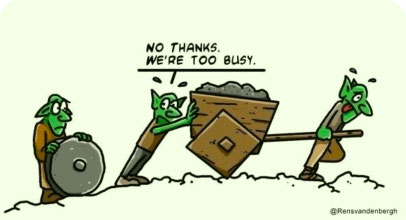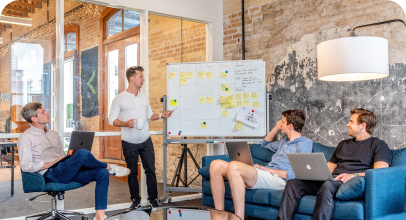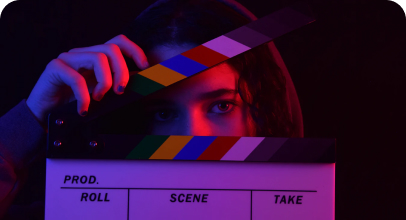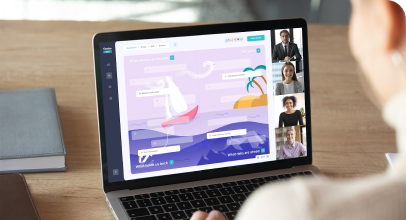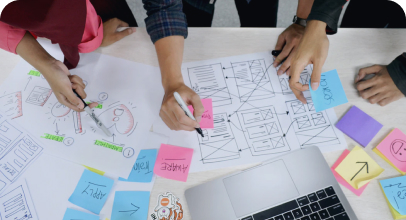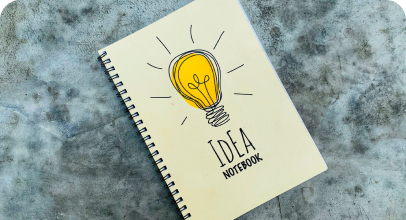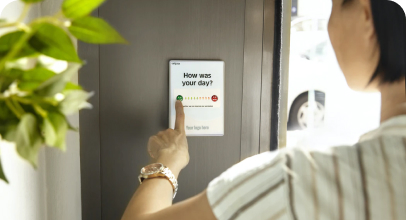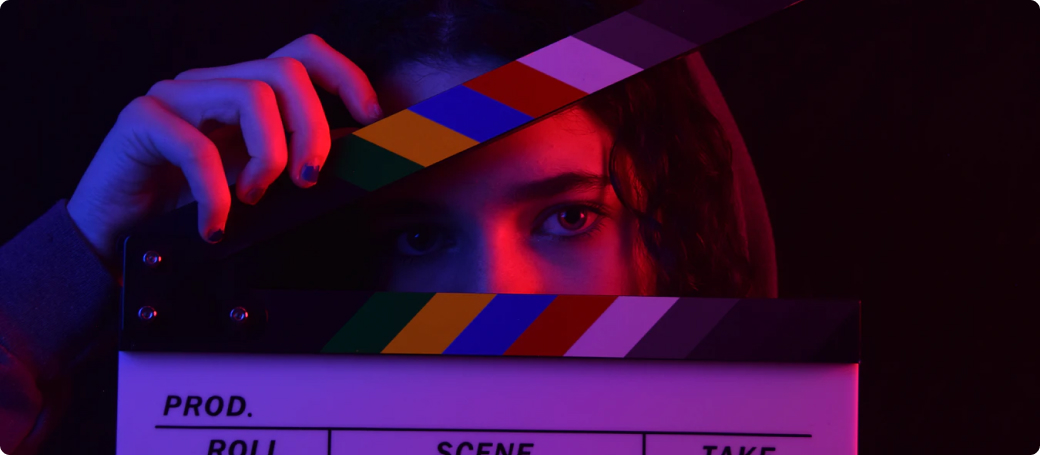
Timbo development team is also an Agile adept and conducts sprint retrospectives. It is obvious that we use our tool to conduct online retros, but once, when the situation with COVID-19 stabilized enough for some time, we made a large and very unusual offline retrospective, which idea we decided to implement in Timbo in the nearest future. But for now our Scrum Master has decided to share this cool experience of non-standard offline retrospective format he managed to run with our team.
“After a long period of self-isolation and working from home due to COVID-19, there was an opportunity to meet with my team in person in the office. It so happened that this period fell just for the delivery of the product increment. “Shouldn't we run an offline retrospective like in the good old days if we got such a great chance?” this idea popped into my head.
The main goal I set for myself is to increase the team morale and let my team members express their feelings sincerely. Prior to the delivery we had a very intense phase of the work full of different challenges so the idea of the safe place to talk was literally in the air. One more point I want to mention is that during previous retrospectives my team wasn’t able to directly speak about real enhancements related to the process, they were a bit uptight. That’s why I started looking for retro techniques which might provide simple and clear analogies and metaphors so my team can speak covertly about things that might be improved.
As I’m a cinemaddict and everyone in my team knows it, I decided to choose the ‘Movies/Cinema’ concept for my retro. Below are the exercises, activities and techniques I managed to find and decided to choose for my thematic retro.
1. “Ice Breaker” stage - “Movie Poster” activity
Imagine your project is a movie and your team members have to draw a poster.
- Draw it on an A4 paper sheet.
- Post your poster on a whiteboard and explain it briefly.
I selected this exercise due to the following reasons:
- It looks really fun and engaging for team members.
- Metaphors open new viewpoints and allow your team members to share their vision without saying any words.
The creative part of the theme worked well. There was quite a lot of laughing. And it allowed the team to get in the atmosphere of the retro.
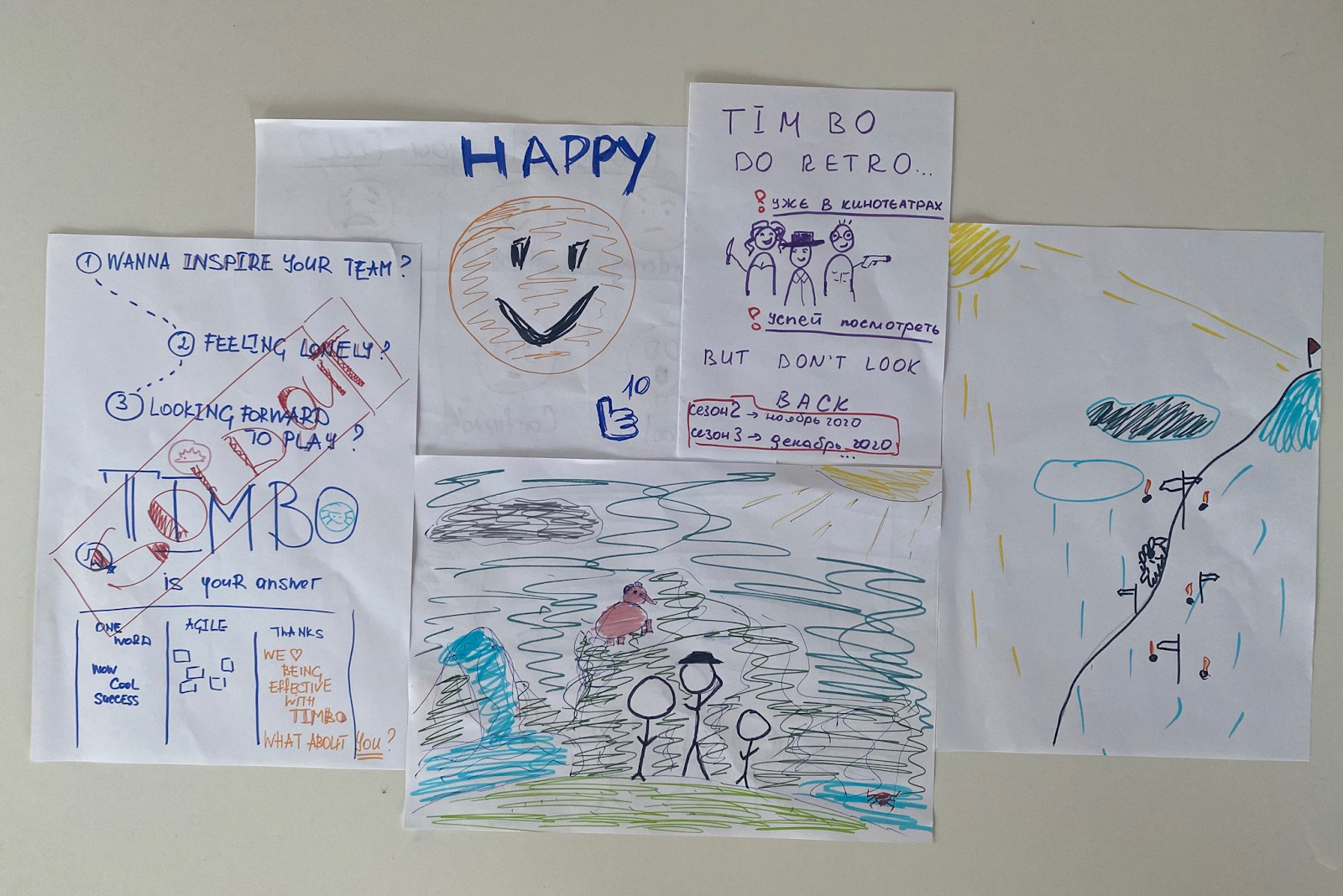
2. Main stage - “Gather data” step - “Movie Critic” activity
Imagine team members are movie critics and they have to write a review about a sprint as if it was a film.
- Genre: What was the genre of the movie (e.g. adventures, triller, …)?
- Theme: What was the theme?
- Main characters: Who is the Protagonist and Antagonist?
- Twist: Was there a big twist?
- Ending: What was the ending like (e.g. happy-end, cliffhanger)?
Frankly speaking, in order to save time, I asked my team members to fill in the form prior to the retrospective and asked them to share their reviews with each other so they can think about the weakest sides of the movie. You can use my lifehack :)
This activity really helps to define what’s standing out and what are the main patterns all team members need to take into consideration. The main disadvantages that I can define are the following:
- This exercise provides only the high-level overview of project issues you might have. If you want to dig deeper, you need to use something else.
- It’s a bit difficult for the team to start thinking about the project as a movie and that’s why it takes time for them to rebuild their mind.
3. Main Stage “Brainstorm” step - “Fishbowl” technique
This technique allows a big group of people to constructively talk to one another on a specific topic. As the retro was a thematic one, I asked my team to think about one challenge they faced while producing a movie and generate one improvement for the movie sequel based on the critics’ reviews (provided within a previous exercise).
- Four people should sit on the chairs. They will start discussion (generating one challenge and one improvement as in my example)
- As soon as they come to a common decision, one person has to leave, vacating one chair.
- Another participant should sit on the chair and should generate a completely new challenge and one improvement. And then this cycle should be repeated until the team is fully replaced.
In general, it went very well. This activity really helps to unite the team by automagically focusing the discussion to the required topic however it doesn’t cover participants’ personal concerns and issues. As the main focus is given to the common decision of the team.
And it was a bit difficult for team members to associate challenges and related improvements with a movie and movie sequel as well.
4. Main stage - “Vote & Discuss” steps - “Movie Producers” activity
Your team members slip into the shoes of the movie producers. Each participant has a fixed amount of fake money to spend on the improvements for the movie sequel (raised as results of the previous activity).
You can bring paper money from board games as I did to make the retro more fun.
- Facilitator — to give $1000 to each team member (you can define the amount by yourself)
- Team members — to distribute these $1000 across the generated improvements.
- Team members — to dig 3 highest amount action items and make real actions that the team commits to implement during the next iteration.
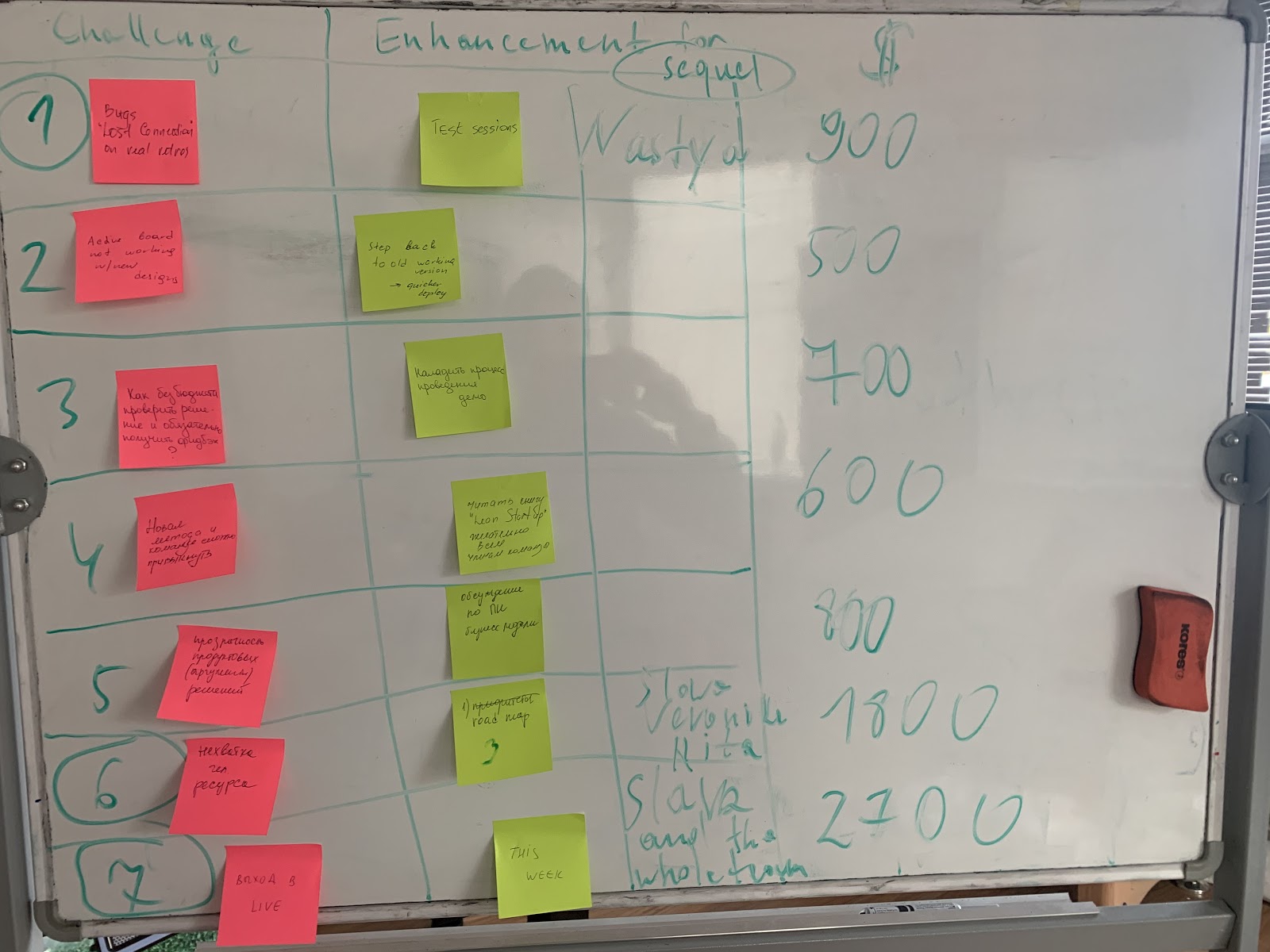
My team members really liked this exercise as they had to vote using material artifacts and that’s why they had to ponder every decision providing “dollars” to the really important action points.
5. “Closing” stage - “Movie Poster” (of the sequel) activity
It’s almost the same activity as for the “Ice Breaker” stage. Your team members should draw the movie poster of the sequel — the movie poster of the next iteration/phase or ongoing work related to the project. Then they need to compare both posters and explain changes made. This activity really helps to evaluate the team’s willingness to work on the next phase as well as their expectations regarding the success of the next iteration in comparison with the previous one. And, of course, it’s a good way to finish the retro on a positive note :)
Summarising I should say that despite the fact there were a couple of issues mentioned above, this retrospective format was completely on target. The discussion was energized & focused. So I’d recommend you trying especially if you want to focus on building a tight-knit team and generating the most important action points you need to focus on right now.”
Timbo: designed by Scrum Masters for Scrum Masters




